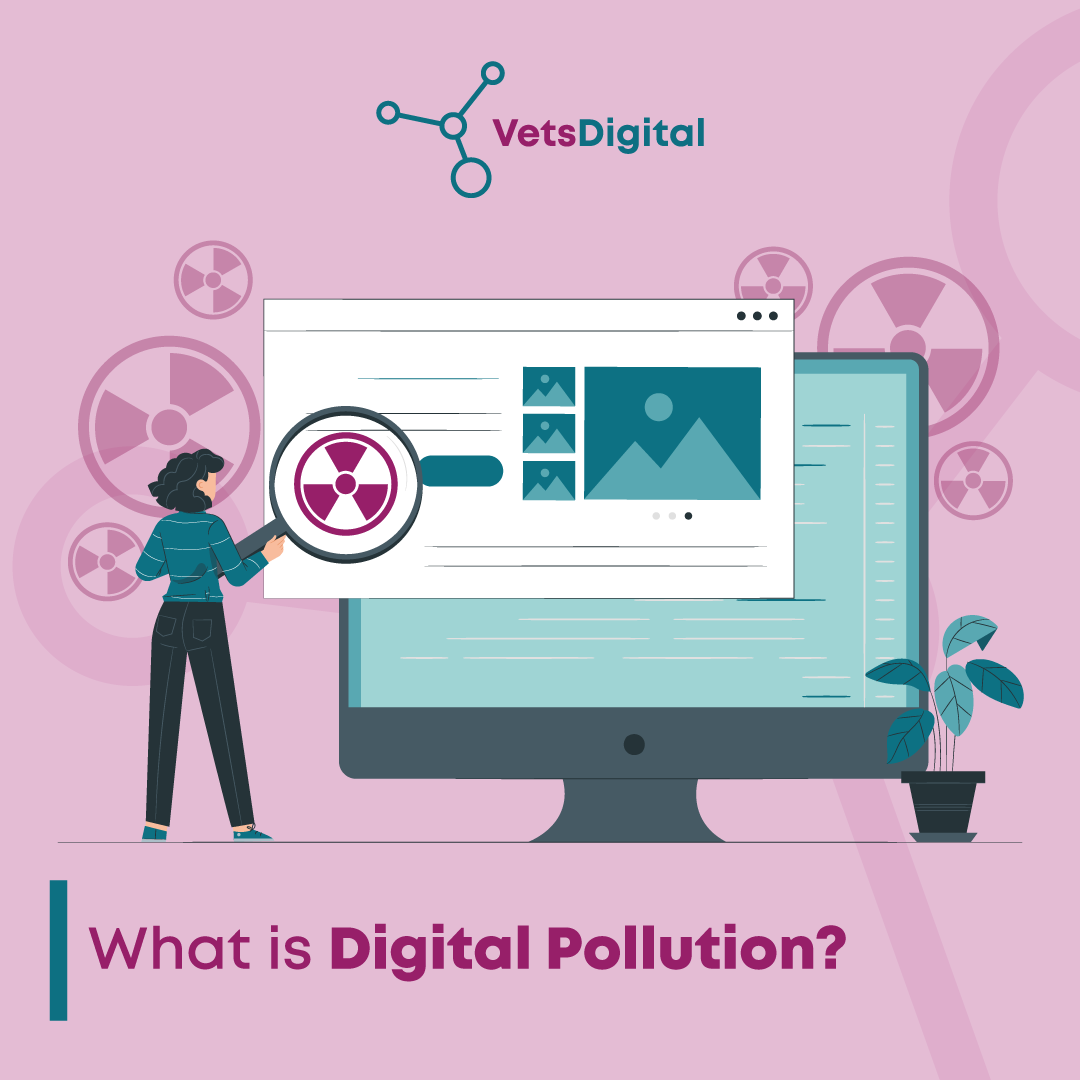News, Online Advertising, Vet news,
Veterinary medicines and supplements on websites – advertising, educating or something in between?
Dr David Harris BVSc PGCert VetEd, FHEA, MRCVS – Veterinary Editor
We often have veterinary practices and other businesses who approach us to write content to educate their clients about diseases or conditions – and that’s great, it’s what we do all the time! But sometimes they have particular products or medications they want us to promote, or educate their clients about, and this is where it gets more complicated.
The advertising of veterinary medicines is a legally restricted area – and it also bleeds over into other veterinary products, including foods but especially supplements. It’s very easy for a well-intentioned piece to cross the line and become illegal.
And it’s not that infrequent that we have people who have had an enforcement notice from the Veterinary Medicines Directorate come to us to help them improve their content – the VMD really do take a close interest and they really do take action!
Legally, what is advertising?
The VMD consider any material that is “aimed or designed to promote the sale, supply or use of a veterinary medicine, whether for profit or not” as being advertising. This would include blogs, pages on your website, mailshots, posters, and even presentations or verbal conversations by your receptionists on the phone (“we recommend X”, for example!) – although there are of course exemptions for a vet or an SQP in a consulting room discussing options with a client.
There are, however, some specific caveats:
Educational material
Material aimed at the general public for the purpose of education – such as your blogs – is not considered advertising so long as you do not mention any brand names of medicines, and that you give a balanced overview of all the treatment options. Generic names are fine, but not brands.
Price lists
Clearly, if you offer to sell medication, your clients need to be able to see what products you do sell. So, a price list – showing all the medications, including images, their uses and other information, is not considered advertising so long as every product is listed (for example, all the wormers you sell are listed under “wormers”, not just the most profitable ones), and that the listings are identical. This means the font, font size, image size, colour, and size of every listing must be the same, so no one product is given undue prominence above the others.
Online search ads
While paid-for online advertisements are, by definition, an advertisement, they are exempt from most advertising regulations as long as they are focused on the brand name of the product. The advert may contain only the name of the product, the price, and potentially details about the retailer, but nothing more about the product than that. And generic search terms (e.g. “horse arthritis” or “dog skin infection”) should not trigger a restricted advert.
OK, so what are the restrictions on advertising?
If what you’re planning meets the criteria of an advertisement above, then you need to consider what classification the product falls into. This will restrict who you can advertise to, and where.
Prescription only medicines are the most heavily restricted
Clearly, this includes POM-V products. These products cannot be advertised to the general public – only directly to vets, veterinary nurses, pharmacists and (at the moment, although this is likely to change soon) professional keepers of animals. This category is intended to encompass farmers only though – do not try and rely on this as an exemption for other types of client! In addition, any antimicrobial product is excluded from the “professional keepers of animals” box.
People – especially, I’m afraid, vets! – tend to forget that POM-VPS medicines (such as horse wormers or farm animal preventative health products) are also prescription-only. They are similarly restricted, although “other veterinary health professionals” are also permitted to receive advertising for these.
Non-prescription medicines can legally be advertised
There aren’t any special restrictions on adverts for NFA-VPS, AVM-GSL or ESPA/SAES products. These can be advertised to anyone, so long as the advert is not misleading, and only uses claims taken from the product’s SPC (or Datasheet, in the case of SAES medicines such as Xeno).
Medicines on the Cascade are a different story!
Remember, as soon as you are using a medication off-license (e.g. in a different species, or for a different indication in the same species), you are using it on the Cascade. The use of fipronil sprays in horses is a common example – because the product is NFA-VPS or AVM-GSL, people assume that it can be advocated in educational material, but because it is being used on the Cascade, it is illegal to advertise to the general public.
In fact, it would strictly speaking be illegal to mention the trade name even in a publication aimed at educating vets or pharmacists – the generic name should be used when discussing any Cascade use of medications, human medications, or extemporaneous preparations.
What about supplements? They aren’t medicines so we can advertise them, can’t we?
Yes of course – unless you make a fundamental error in your copy or presentation.
Does the product contain a pharmacologically active ingredient?
The VMD defines as medicinal – and as such restricted – any product that is medicinal by function (i.e. it has a proven pharmacological effect). So, for example, advertising (or promoting the use of) CBD is prohibited – because the VMD has defined CBD as a pharmacologically active molecule, but there are no licensed products available.
Does the product make medicinal claims?
If whatever the product does or does not contain, the copy makes the claim that it treats, prevents, manages, or controls a disease, then it is considered “medicinal by presentation”. In fact, even words such as “cure”, “prevent”, “protect”, “treat”, “heal” and “dose” are restricted, because most uses of the terms automatically make the product medicinal by presentation, but unlicensed, and therefore illegal to advertise.
This is one of the most common issues we see – people trying to advertise, for example, joint supplements that “treat arthritis” or “reduce arthritic symptoms”: both of which are medicinal claims.
The VMD takes these very seriously – avoid!
There are formulations of words that are legal, but this is a complex area – well beyond the scope of this blog!
So what can we do?
Well, first of all, consider confining yourself to simple education content that does not include brand names!
If you do want to advertise, be sure you are only advertising non-prescription medicines, in accordance with their marketing authorisation.
Or talk to us and we can help with our technical veterinary copywriting service
Further reading:






